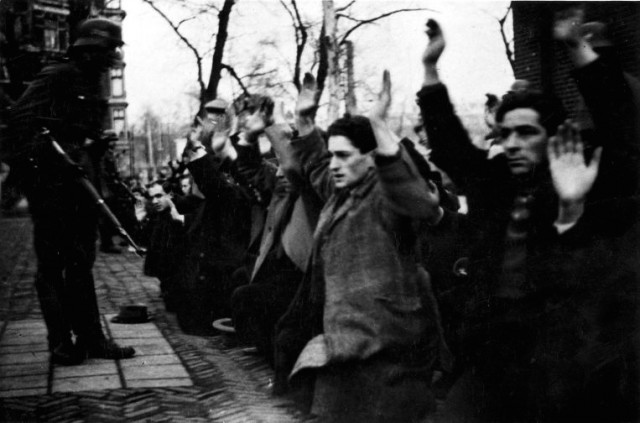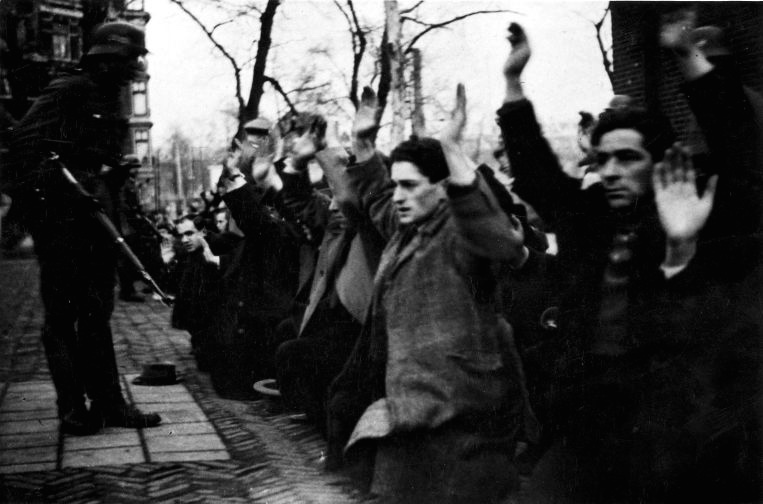
The capital city of the Netherlands, Amsterdam, is preparing to come to a standstill during a commemoration in honor of a 1941 wartime strike designed to prevent the round-up of Jews during World War Two. That year, Amsterdam’s tram drivers decided to go on strike and fight back against the Nazi occupation and the continuing round-up of Jews across the city. It was an unusual display of disobedience against the Nazi regime.
The tram network is the heart of Amsterdam’s transport system, getting the city’s population across the capital 365 days a year. On February 25th it will be 75 years since the strike was held; tram drivers will come to a standstill in order to honor all of the Dutch Jews who lost their lives.
A new photo exhibition will also commemorate the strike that defied the Nazis. Separately, in the south of the Netherlands, in the city of Vlissingen, a huge memorial statue is to be built to commemorate 40 Jews from the city who were deported to concentration camps during the war.
After May 1940 the Netherlands was occupied by Nazi Germany which was slowly trying to bring the Dutch under Nazi control. As tensions rose, the Dutch pro-Nazi movement NSB and its streetfighting arm, the WA, were involved in a series of provocations in Jewish neighbourhoods in Amsterdam.
This eventually led to a series of street battles between the WA and Jewish self-defence groups and their supporters, culminating in a pitched battle on 11 February 1941 on the Waterlooplein in which WA member Hendrik Koot was badly wounded. He died of his injuries on 14 February 1941.
On 12 February 1941, German soldiers, assisted by Dutch police, encircled the old Jewish neighbourhood and cordoned it off from the rest of the city by putting up barbed wire, opening bridges and putting in police checkpoints. This neighbourhood was now forbidden for non-Jews.
On 19 February, the German Grüne Polizei stormed into the Koco ice-cream salon in the Van Woustraat. In the fight that ensued, several police officers were wounded. Revenge for this and other fights came in the weekend of 22–23 February, when a large scale pogrom was undertaken by the Germans. 425 Jewish men, age 20-35 were taken hostage and imprisoned in Kamp Schoorl and eventually sent to the Buchenwald and Mauthausen concentration camps, where most of them died within the year. Out of 425, only two survived.
In addition to the tram drivers, workers at Amsterdam’s shipyards, textile companies, and department stores also went on strike. The strike was organized by the Dutch resistance, which had published a pamphlet telling workers across the city to strike. The strike lasted days and spread to the outside Amsterdam into other cites as well.
The Germans broke the strike with violence, intimidation and a ruthless takedown. 9 People were killed and 24 strikers were seriously wounded, dozens of others were rounded up.
The cities that participated in the strike had to pay vast sums to Germany, Amsterdam had to pay 15 million Guilders which is over $650 million dollars in today’s value.
According to Jewish groups, the Netherlands has the highest number of activists who prevented the capture and deportation of Jews during the war, with almost 5,500 known to have succeeded in helping the Jews. Poland has the higher number, with over 6,500, but Poland also had the highest number of Jewish deaths throughout World War Two.
